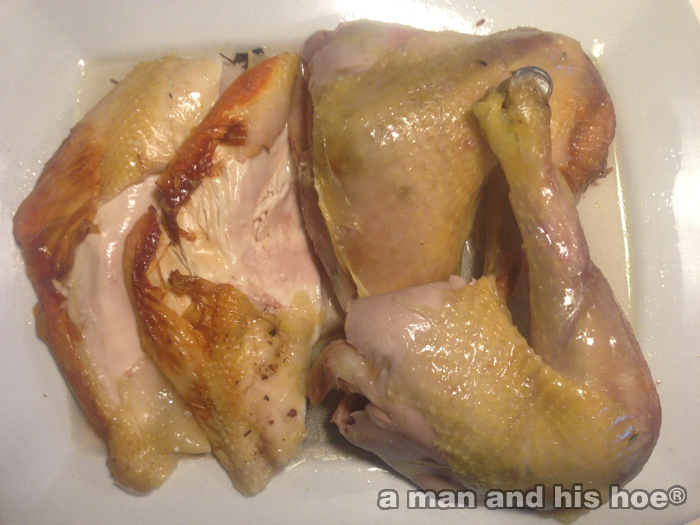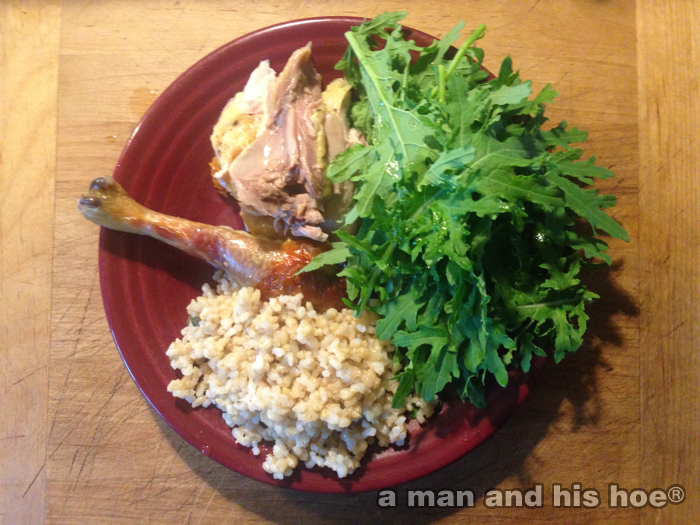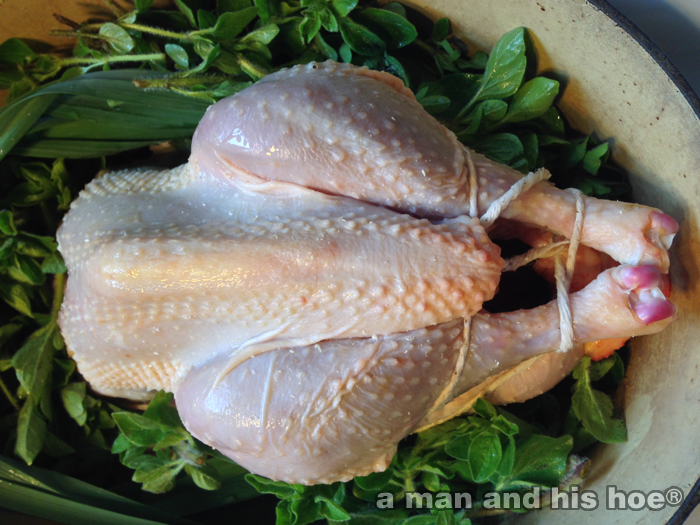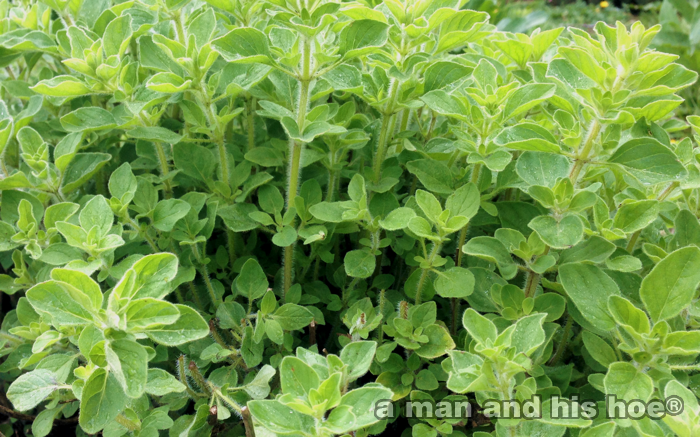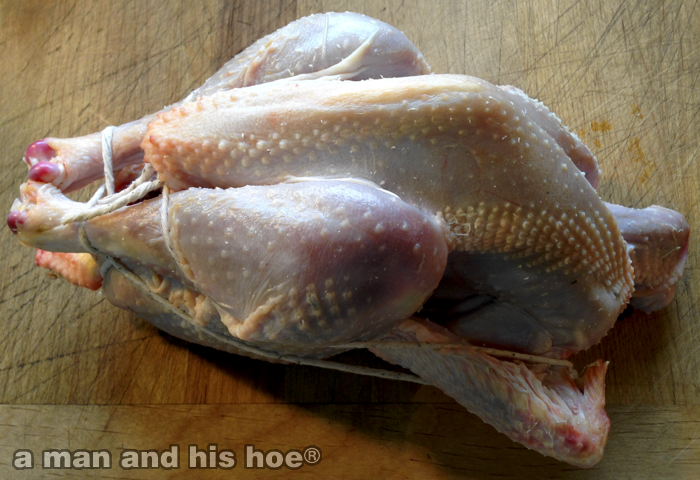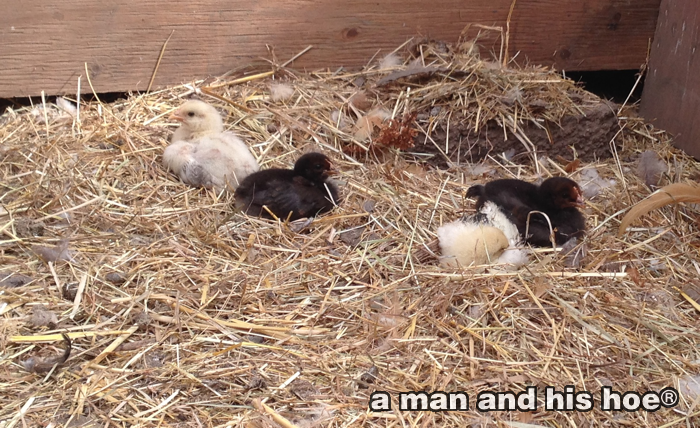The Hakone Open-Air Museum is an amazing outdoor museum in Hakone, Japan. Located up in the hills, you take a cog-wheel tram which climbs steeply through a lush, narrow canyon up to the town of Hakone. The tram starts at sea level in the town of Odawara and by the time you reach the stop for the museum, you are at an elevation of 1,768 feet or 539 meters.
Decades ago, when I visited the museum for the first time back in my college days, there was one piece that really made an impression. I don’t recall the artist or the exact title, but it was a metal piece that looked like a massive crane pointing down at you. It may have been twenty of thirty feet tall, and the description was something like “A gun to shoot sparrows” (Found it!).
There are a few outdoor scupltures here at a man and his hoe®, but the sculptures that really impress are the ones nature creates. These are the living sculptures. The ones that change day by day, hour by hour, minute by minute, second by second. Truly amazing shapes of all sizes, colors, and textures.
What is remarkable is that many of these are edible. The great thing about being able to pick your food while you make your meal, is that when you sit down to eat the salad or dish you prepared, you can picture the beautiful setting where that onion or lettuce or cucumber or cherry or apple came from. You can remember all the shapes that fruit morphed through, from bud to flower to green fruit to ripened fruit. It adds another dimension to your eating pleasure. Gathering your food becomes an integral part of the recipe. It is like the sensations you feel while you knead the dough, or rub spices into your food.
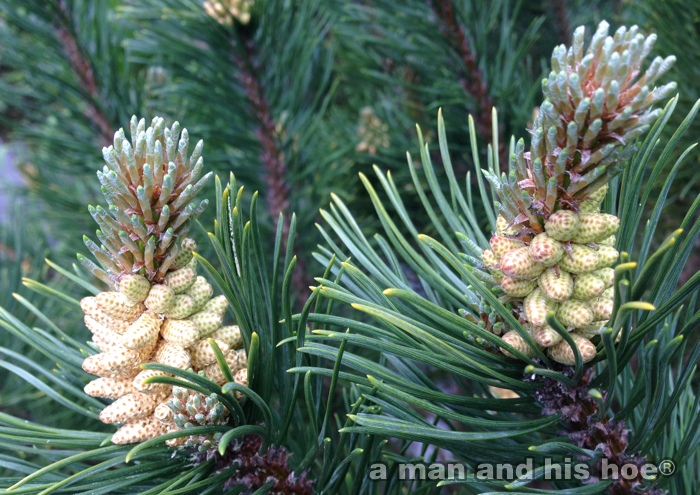
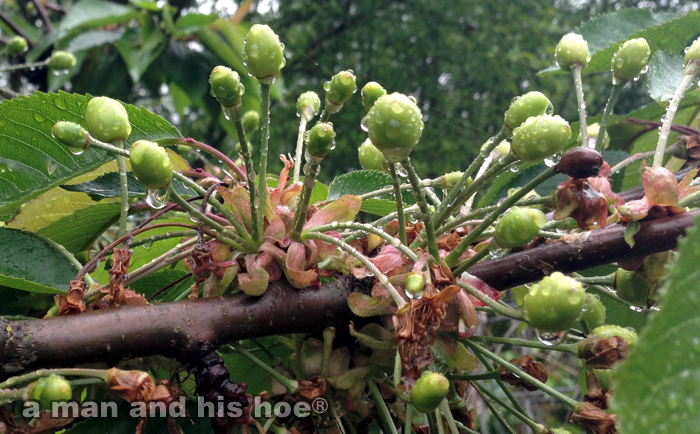
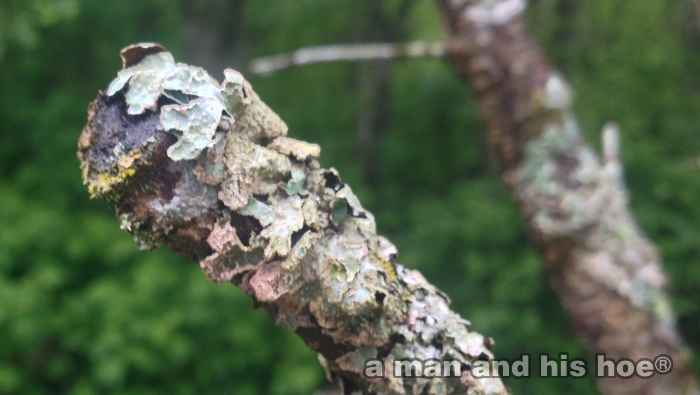
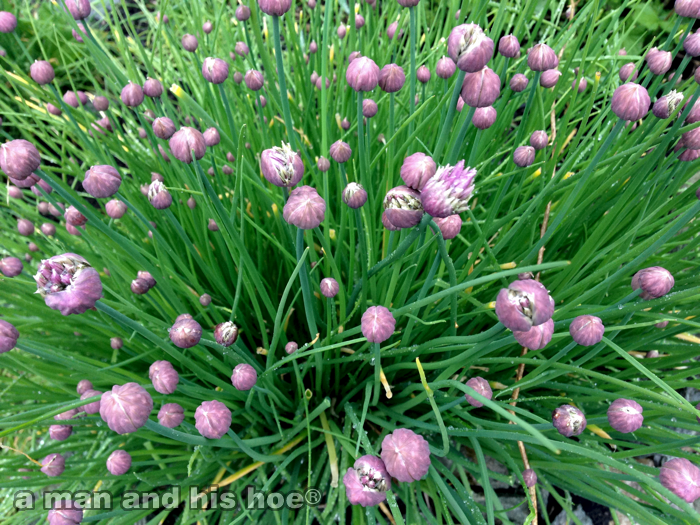
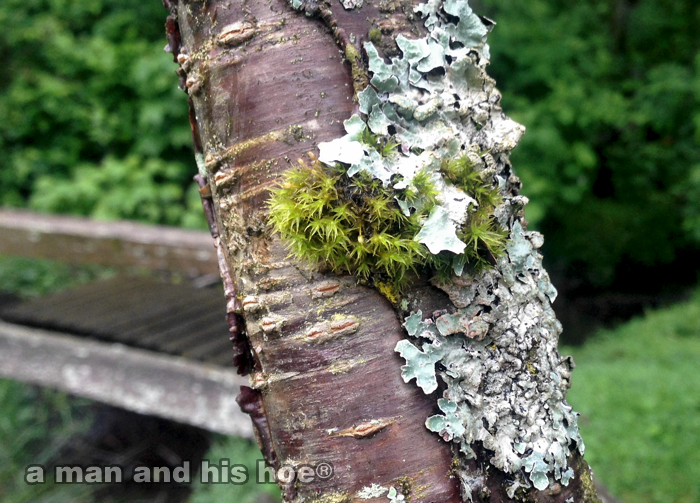

A great meal is much more than just sitting down at the table and eating what is in front of you. It starts with collecting the food in the first place. Pushing a cart through a supermarket and heaping it full of produce creates a much different meal experience than going out into the garden and selecting the ingredients for your meal.
It’s frightening how disconnected many people are from nature when we humans are so dependent on other organisms. We can’t survive if the ants and bees and earthworms can’t thrive. We are dependent on chickens and cows shitting to nourish the plants and grains we eat. Our lives depend on the ocean being healthy, even if we live thousands of miles from the nearest beach. There are a million billion trillion intricate interdependencies among bacteria, fungi, mosses, plants, and animals that make our lives possible. The most important thing we humans can do for ourselves, is to protect nature.

